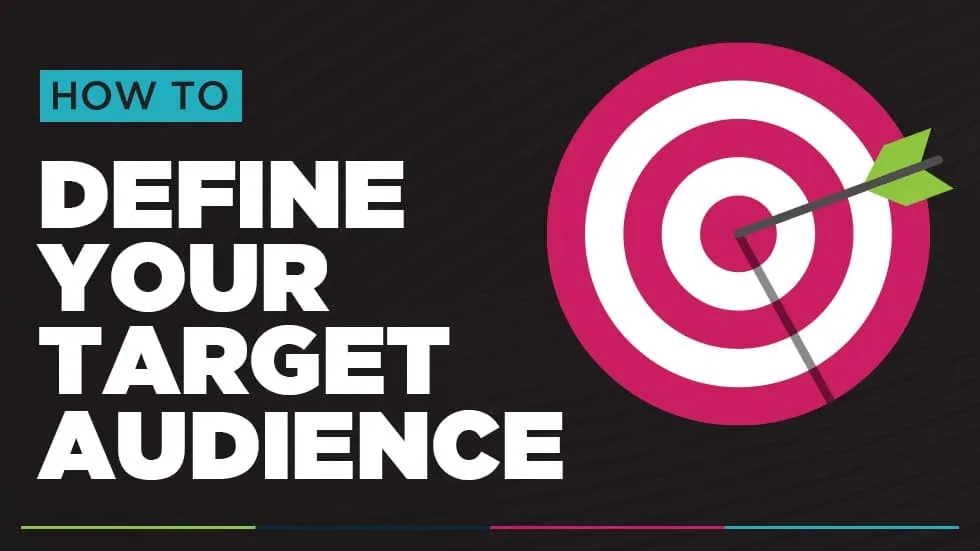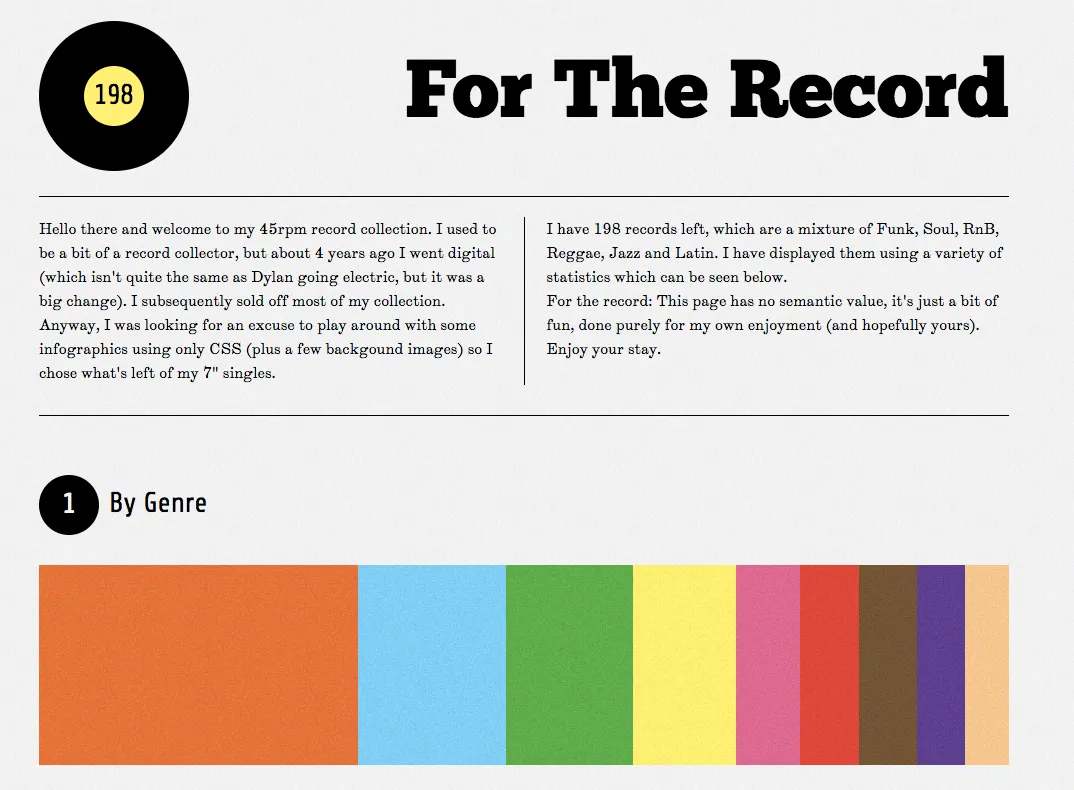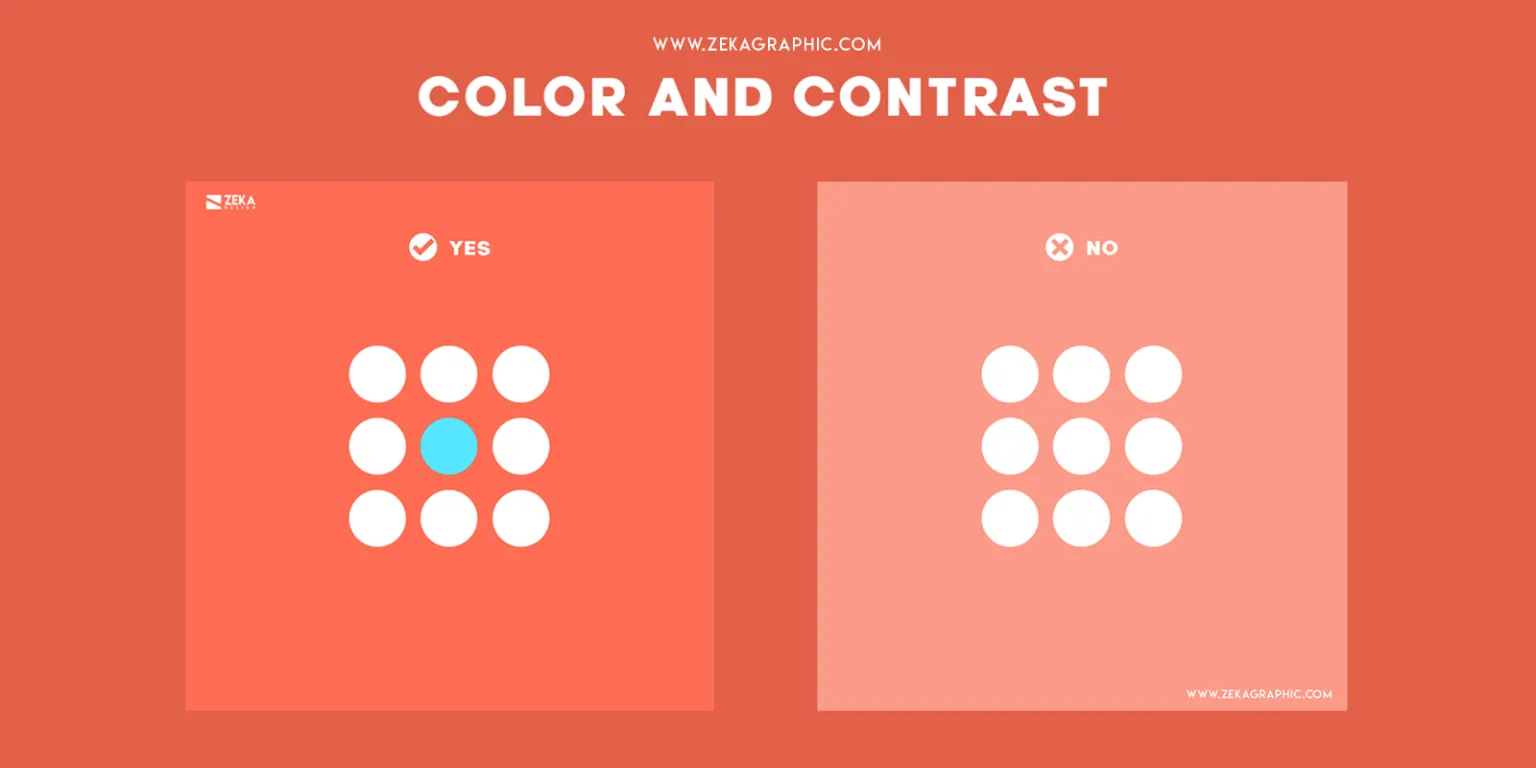Add visual elements
How to Effectively Incorporate Visual Elements in Advertisements
In today's competitive market environment, advertisers need to constantly innovate to capture the attention of their target audience. The use of visual elements in advertising not only enhances the appeal of advertisements but also strengthens brand recognition and recall. This article will explore how to effectively add visual elements to advertisements to improve their effectiveness.
1. Define Goals and Audience
Before adding visual elements, it is crucial to define the advertisement's goals and target audience. Understanding the audience's interests, needs, and habits can help you choose the most suitable visual elements. For example, younger audiences may prefer vibrant colors and avant-garde designs, while older audiences may lean towards simple, easy-to-read designs.

2. Use High-Quality Images and Videos
High-quality images and videos are key to attracting the audience's attention. Blurry, low-resolution images not only reduce the professionalism of the advertisement but also impact the brand image. Ensure that the images and videos used are clear, attractive, and consistent with the overall style of the brand. Additionally, original visual content is often more persuasive and unique compared to using stock photos.

3. Color Coordination and Brand Consistency
The use of color in advertisements can directly affect the emotional response of the audience. Reasonable color coordination can enhance the visual appeal of the advertisement and convey the personality and values of the brand. For instance, using the brand's primary colors can strengthen brand recognition, allowing the audience to immediately associate the color with the brand. At the same time, avoid using too many colors to prevent visual clutter.

4. Highlight Key Information
The role of visual elements in advertisements is not just to beautify but to help highlight key information. Use large fonts, bright colors, or unique layout designs to prominently display important information (such as promotional activities, product features, etc.), ensuring that the audience can quickly grasp the key points.

5. Utilize Dynamic Elements
Dynamic visual elements such as animations, GIFs, and short videos can effectively capture the audience's attention and increase the interactivity of the advertisement. These elements not only add fun to the advertisement but also better showcase the product's usage scenarios and functions. For example, using GIFs to demonstrate different features of a product or using animation to tell the brand story are great ways to enhance the advertisement's effectiveness.

6. Keep the Design Simple and Clear
Visual design should be simple and clear, avoiding excessive complexity. Too many visual elements can make the advertisement appear cluttered and unorganized, causing the audience to lose interest. A simple design not only makes the advertisement look more professional but also makes it easier for the audience to understand the content. Ensure that every visual element has a purpose and avoid adding unnecessary decorations for the sake of aesthetics.

7. Use Visual Hierarchy and Contrast
By using visual hierarchy and contrast, you can effectively guide the audience's attention and highlight key content. Creating a layered visual layout with elements of different sizes, colors, and shapes can help the audience better understand the structure and focus of the advertisement. For example, using contrasting colors to highlight the product name or placing important information at the visual center through layout design.

8. Continuously Test and Optimize
Finally, advertisers should continuously test and optimize the effectiveness of visual elements. Use methods such as A/B testing to compare the performance of different visual designs and identify the most effective approach. Based on audience feedback and data analysis, continuously adjust and optimize visual elements to ensure the advertisement consistently captures the audience's attention and achieves the desired effect.

Conclusion
Effectively incorporating visual elements is key to enhancing the impact of advertisements. When designing advertisements, advertisers need to define the target audience, use high-quality images and videos, coordinate colors reasonably, highlight key information, and continuously test and optimize. By following these methods, advertisers can create more attractive and persuasive advertisements, achieving better promotional results.













